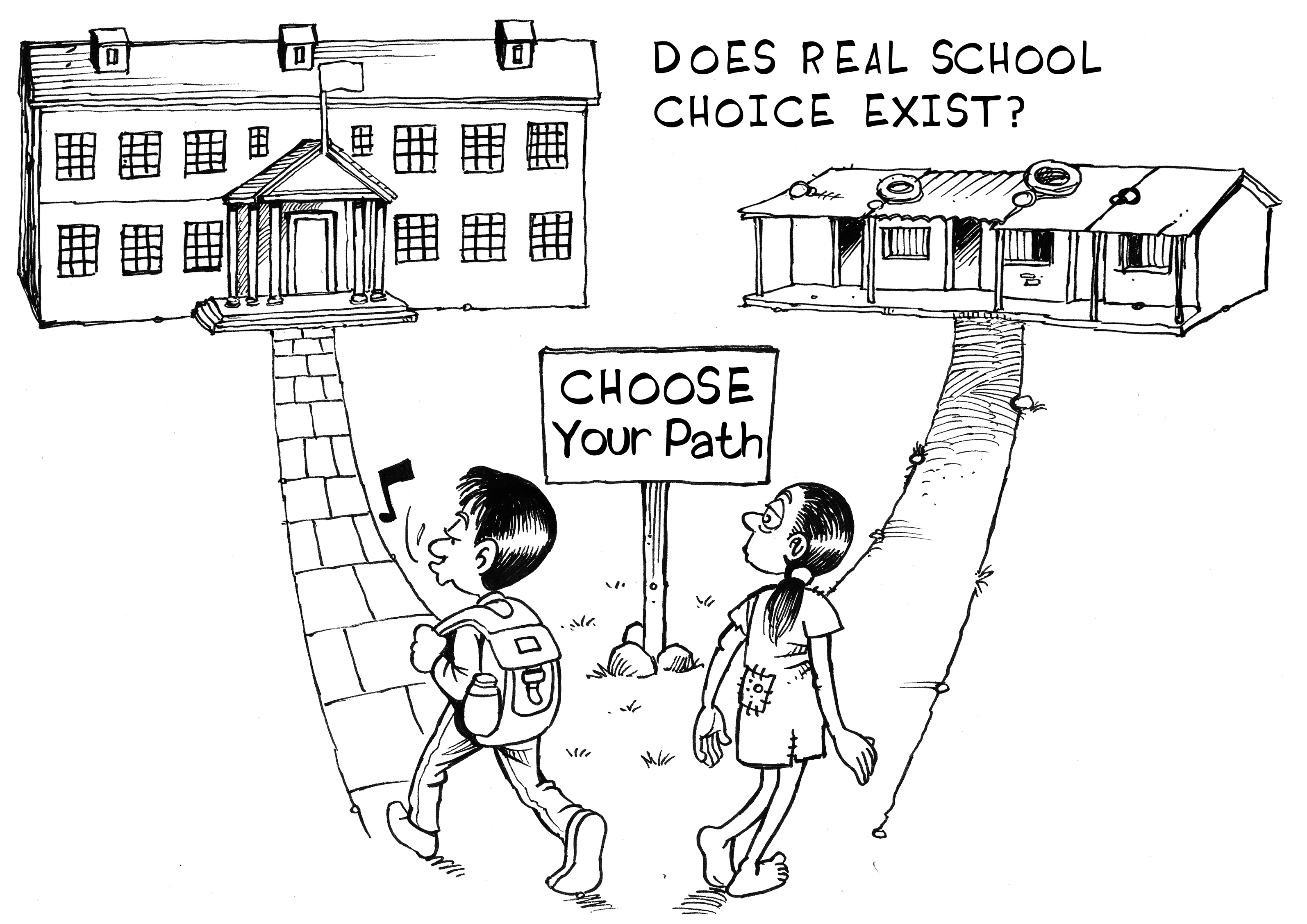Part IV: The Bottom Line 1980 to 2000
School Choice
BACKGROUND ON EDUCATION REFORM
Historically, our country has been critical of the school system and student performance. In the 1970s, test performance was poor and a presidential commission assessed public schools. In Part IV of School: The Story of the American Public Education, we learn that by the 1980s, a majority of the population was enrolled in schools. But, politicians claimed there was a “learning crisis” and urged competition between schools (page 184). The report, A Nation at Risk, gave data supporting the claim that test scores were too low. This report said that education reform is needed for economic security. Educators and teachers argued against these reports. Consequently, schools ended up having longer days, additional homework, and traditional courses.
WHAT DOES SCHOOL CHOICE MEAN?
The Merriam-Webster dictionary defines school choice as a “policy in which students are given the choice to attend a school other than their district’s public school.” In simpler terms, it allows people to choose which school they want to send their children to, even if that school is outside their district. By allowing people to have a choice in schools and programs, we are allowing them to choose something that can help students reach their maximum potential. I strongly believe that school choice can improve public education because it gives students, educators, administrators, and parents options to decide what is best for them.
PREVIOUS DATA
In an online article, Use of School Choice, it is argued that if a parent was able to choose a school for their children, then the child would perform better in school. In 1993, The National Household Education Survey (NCES) reported that children in cities were more likely to attend schools chosen by their parents. From those who did have a choice, data showed it was more common for these students to attend public schools over private schools. Although this data might be outdated, it shows that parents started choosing schools as early as the 1990s.
SCHOOL CHOICE TODAY
Over the years, school choice has played an important role in education. Not only can we choose what school we want to attend, whether public or private, but there are other modalities of learning as well. Some parents choose to homeschool their children. Some choose schools that are close to their house and others choose schools in a nearby district. It has become increasingly common to choose schools for their kids. Now, some programs have made it easier for children to attend school. For example, the New Jersey Interdistrict Public School Choice Program allows children to attend out-of-district schools at no additional cost. This allows children to enter programs that are tailored to their interests and needs.
MY EXPERIENCE
From my experiences, I would say that school choice has heavily impacted my academic and social opportunities. My parents chose a public middle school where I would be exposed to a diverse student body. The school also offered band classes, a theater program, and academic clubs. From elementary school to middle school, I learned to play a variety of instruments ranging from the clarinet to the trumpet. I was also able to receive extra help in courses like mathematics. Because of that extra attention that was available to me, I was able to choose a great public high school that fit my needs. It was small enough to have a small teacher-to-student ratio and had several clubs for me to join. I did not pursue music in high school. Instead, I focused on developing my academic and social involvement. I think having a choice in where you attend and what you do impacts your academic performance.

Comments
Post a Comment